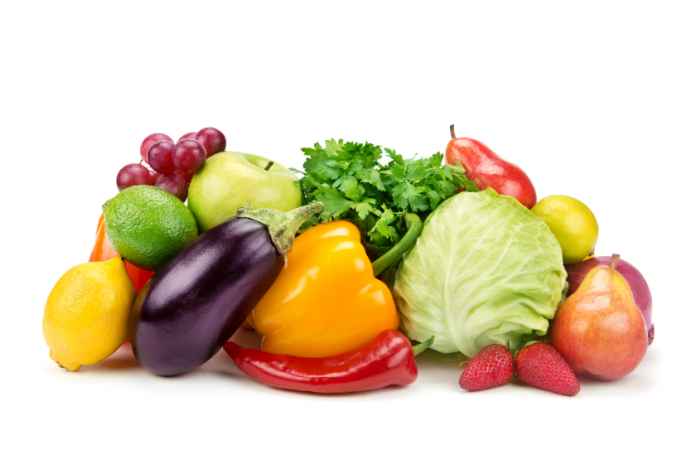
Eating organic produce means you consume less pesticides. A 2015 study by University of Washington researchers found that people who reported eating organic produce had significantly lower organophosphate insecticides exposures. Even after fruits and vegetables are washed or peeled, pesticide residues are common on conventionally grown produce.
Sometimes eating organic produce is not an option because of cost or availability. When that is the case, focus on eating fruits and vegetables with the least amount of pesticide residue. Environmental Working Group (EWG) publishes a guide every year to help consumers know which conventionally grown fruits and vegetables are the safest to eat. Called the Shopper’s Guide to Pesticides in Produce, it contains a Dirty Dozen list of fruits and vegetables with the highest pesticide residues, and a list of produce with few or any residues, called the Clean Fifteen.
“It is vitally important that everyone eats plenty of produce, but it is also wise to avoid dietary exposure to toxic pesticides, from conception through childhood,” said Sonya Lunder, senior analyst with EWG, in a statement. “With EWG’s guide, consumers can fill their fridges and fruit bowls with plenty of healthy conventional and organic produce that isn’t contaminated with multiple pesticide residues.”
What conventionally grown produce you should and and shouldn’t eat
The Dirty Dozen list includes strawberries, spinach, nectarines, apples, grapes, peaches, cherries, pears, tomatoes, celery, potatoes and sweet bell peppers. Every produce type on the list tested positive for a number of pesticide residues and had higher concentrations of pesticides.
More than 98 percent of the samples of strawberries, spinach, peaches, nectarines, cherries and apples tested positive for at least residue of at least one pesticide. Just one sample of strawberries tested positive for 20 different pesticides. Spinach samples had an average of 1.8 times as much pesticide residue by weight than any other crop.
The Clean Fifteen list this year contains avocados, sweet corn, pineapples, cabbages, onions, frozen sweet peas, papayas, asparagus, mangoes, eggplants, honeydews, kiwis, cantaloupes, cauliflower and broccoli. Tests discovered low total concentrations of pesticide residues on Clean Fifteen produce.
No single fruit sample from the Clean Fifteen list had more than four pesticides, and more than 80 percent of pineapples, papayas, asparagus, onions and cabbages had no pesticide residues. Only five percent of Clean Fifteen vegetable samples tested positive for two or more pesticides. The cleanest on the Clean Fifteen list are avocados and sweet corn, with less than one percent of samples containing any detectable pesticides.
Read about why you should buy organic
For a handy card to carry in your wallet visit EWG.com.




